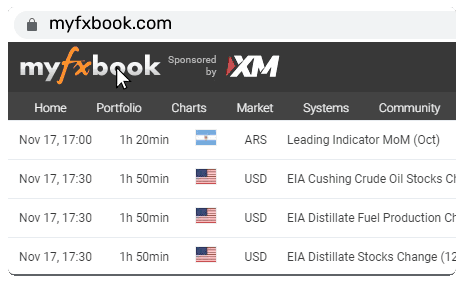BoE on Cautions as PMIs Rise on UK – Will it Delay the First Cut?

Recent data from the UK suggests a brighter outlook, hinting that the technical recession experienced in the latter part of last year may have come to an end. The preliminary figures for February show a slight increase in the UK Composite PMI from 52.9 to 53.3, marking the highest reading since May of the previous year. According to S&P Global Market Intelligence, this PMI reading suggests potential GDP expansion of 0.2% to 0.3% in Q1. The data also indicates signs of upward pressure on prices, with the input price index reaching its highest level since last August, and output prices climbing to the highest level since July.
These encouraging figures are likely to prompt the Bank of England (BoE) to exercise caution, closely monitoring factors like shipping container traffic to evaluate the potential return of supply constraints that could impact inflation. BoE MPC member Megan Greene, who recently ceased voting for a rate hike, emphasized her reluctance to support a rate cut without clear evidence that inflation is not firmly entrenched.
Globally, the improved risk sentiment allows central banks, including the BoE, to adopt a patient approach. Positive developments continue, and there is a possibility of inflation reaching the 2% target in April. OFGEM confirmed last Friday morning that the energy bill price cap will decrease by 12% in April, reaching GBP 1,690. Despite this positive news, Greene pointed out that wage growth in the UK remains considerably higher than in the US or Europe. If the Federal Reserve and the European Central Bank are delaying their first-rate cuts, the BoE is likely to follow suit, with the first cut fully priced for August in the UK.
While the pound should be benefiting more from the improved UK data and heightened risk appetite, concerns about growth persist and may be holding back GBP. GfK Consumer Confidence felt last Friday morning due to worries about the economic outlook, and there is a moderate increase in mortgage rates, possibly contributing to these concerns. The GBP correlation with global equities has started to weaken but remains stronger than the USD/risk correlation, potentially leading to GBP strengthening if this risk appetite persists.



















